The inimitable Jon Gettman sounds off live from “Old Virginny” at The Air & Space Museum Annex in Chantilly and at the hallowed site of George Washington’s former hemp fields in Mount Vernon. A 45-minute virtual interview recorded via Skype completes the poteconomics spectacular.

Poteconomics Takes Off!
One guy yakking about how how many cannajobs could be created, how much cannatax could be collected, and how much cannabiz could be conducted is a lone voice howling in the wilderness; when another wolf joins in, all of a sudden you’ve got yourselves a movement.
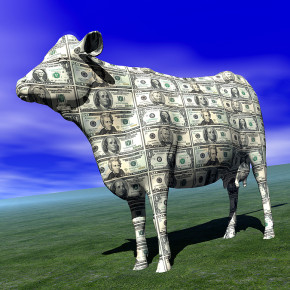
“Marijuana Is No Cash Cow:” Deconstructing Poteconomics Coverage
Despite mounting evidence to the contrary, certain “esteemed economists” have made careers out of furnishing false information like, “Marijuana is no cash cow” — and mainstream media compliantly chews the cud.

Cannabis Commerce in the USA
How much cannatax could be collected in a legal, regulated society? Lots, like $75 billion. And that’s just the USA’s share, in the the overground poteconomy’s infancy. Harvard’s enigmatic Dr. Jeffrey Miron, oft-quoted pot pontificator, greatly doubts it. Other poteconomists doubt him. Finally, the real lowdown.
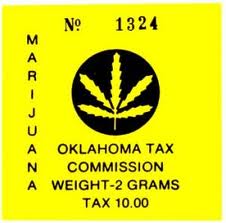
Cannatax Demystified
In a nation crying for new industry, with budget shortfalls impacting every level of government, cannabis commerce is a shining star hovering on the economic horizon. Cannatax generated from cannabis commerce could provide a lifeline for embattled governments desperate to maintain vital services in the face of rising costs. Problem is, people think only PhDs can grok it. Think again.
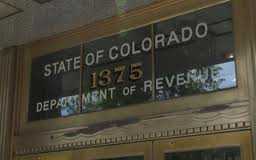
Fun With Cannarado Sales Tax
Now that medical marijuana care centers in Cannafornia and Cannarado have served an insatiable public several years running, we can mine actual MMC pricing data — and make more meaningful inferences about the readiness of The World’s Most Promising Commodity to assume its rightful place as a consistent producer of government revenue.
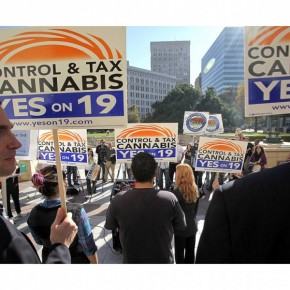
Obvious Pot Tax Opportunities Oddly Unaccounted For
Consider a world in which marijuana products are available at the country’s gas stations, convenience stores, supermarkets, big box retailers, and anywhere alcohol and tobacco are currently sold, including concerts and sporting events.
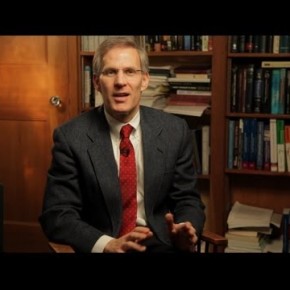
Miron Redux
A few paragraphs into David Segal’s recommended New York Times piece, “In Colorado, Pot Pioneers Try to Turn a Profit,” I came across the obligatory quote from Jeff Miron, first-call cannabis consultant for busy reporters at great metropolitan newpapers. I’ve read plenty of those. They’re all pretty much the same. But this one was different. Way different.

What We’ve Learned So Far — And Who Can Tell Us More
So far, we’ve heard from perhaps the world’s most cautious economist, a poteconomist who plows the middle ground, and a phenom bullish about marijuana futures. In this section, we’ll sum up their commonalities and differences. We’ll identify sources we haven’t heard from – that could fill in the blanks. Then we’ll reveal our best guesstimate of all the cannatax in the USA.

Learning to Love Economists, Surveys, and Statistics
If politicians currently sitting on the fence had a dollar number representing their jurisdiction’s portion of marijuana taxes — an amount that could keep existing programs running and fund urgent needs in the imminent future — convincing their constituencies that legalization is in their best interests would be a lot simpler.

A Poteconomist Plays The Game
When you’re Dr. Jon Gettman, PhD, chronicler of the “bulk folk,” you wonder how many metric tons of marijuana people consume in a year. Hopefully, that amount balances with how much ganja growers are producing. It’s helpful knowing what an average joint weighs, how much an average “user” consumes, and how much “demanders” are willing to compensate “suppliers” for preferred rations.

The Wunderkind
The senior thesis of a graduating economics major at Brown named Max Chaiken found that “a legally taxed and regulated marijuana market could generate upwards of $200 billion annually in excise tax revenues for the federal government … [which] would be enough to fund Medicaid.”






